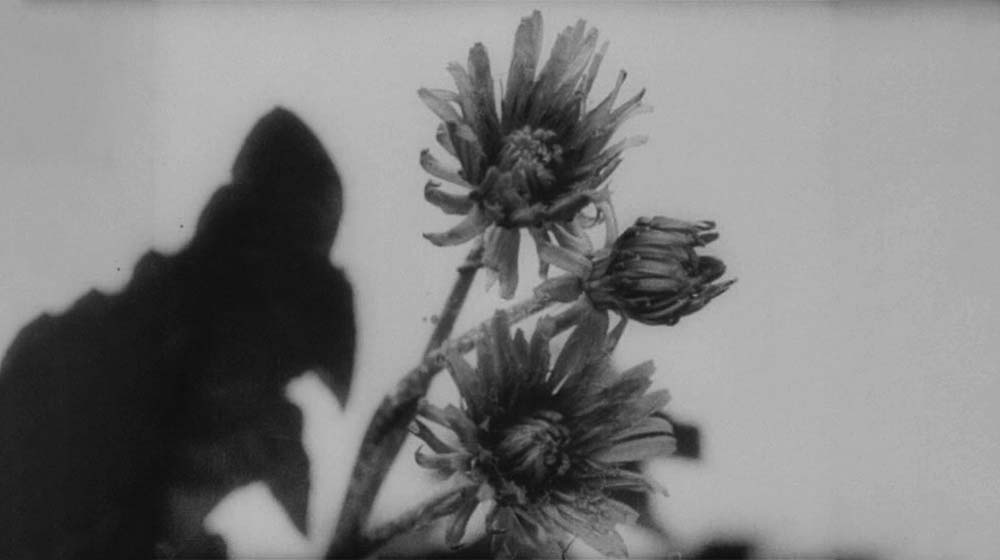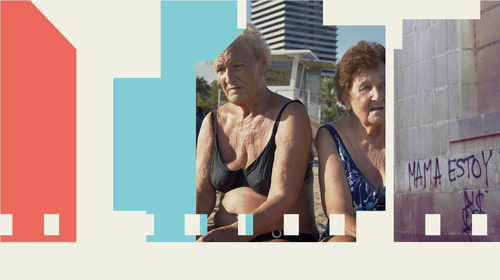Xcèntric 2022
"In Spring", by Mikhail Kaufman
Audiovisuals
Free
In this urban symphony from 1929, Mikhail Kaufman portrays the complicated thaw in springtime that bogs down Kyiv and how life gradually revives once the mud has dried, travelling through the city and countryside and following people, animals and plants through surprising, tender and intimate experiences. This special screening is a collaboration with the Dovzhenko Center to support it in the current conflict.
A metaphor for the harshness of revolutionary principles, according to Erik Barnouw, exceptionally beautiful in the way it's filmed, according to Sfir Shub, In Spring is amazing for its shots, for its particular way of working with movement and the luminous ambience it creates, in a remarkable approximation of the form of a symphony, the most natural and rural of the urban symphonies and the most touched by childlike tenderness, visually and conceptually broadening the exploratory programme of the sub-genre.
Kaufman had already directed another symphony, Moscow (1926), filmed together with Kopalin but without his brother Dziga Vertov. Kaufman was a regular cameraman for Kopalin and they'd just released Chagai, Sovet! (Forward, Soviet!) (1926), considered to be the twin film of the Moscow symphony. In Spring is also a twin film to another film that Kaufman worked on together with Vertov, namely The Man with a Movie Camera (1929), but this would be the last time they'd collaborate. Fired from the Sovkino production company, which alleged they had overspent on film stock without providing a shooting schedule or finishing the films on time, the "Council of Three" (Dziga Vertov, Yelizaveta Svilova and Mikhail Kaufman) moved from Moscow to Kyiv, the capital of Soviet Ukraine. Once there, the Ukrainian production company VUFKU allowed them to finish The Man with the Movie Camera (filmed in Moscow, Kyivand Odessa) and Kaufman to make In Spring (1929), a film that's a response to his artistic differences with Vertov and which would mark the definitive break between these two filmmakers.
In Spring contains the programmatic themes and common filmic conception of many of the films they'd made together (the camera as a perfected eye, a meta-cinematographic explanation of the processes of filming and reconstitution of movement, the fracturing of time, the filming of all aspects of the "life unexpected", sport as proletarian conquest, the unhappy relationship between alcohol and religion, work, leisure, the new Soviet society...) but it retains and deepens the fresh, beautiful, tender, intimate, fabulously mobile and fun shots of Kaufman, without reusing so much material and letting nature breathe, as just another part of this new society that's gathering strength in this revolutionary parable of spring.
By María Soliña Barreiro González
Navesni (In Spring), Mikhail Kaufman, URSS, 1929, 35 mm, no sound, 45 min.
Digital screening. Copy from The Oleksandr Dovzhenko National Center (Ukrainian Cinematheque).
Acknowledgments: Arsenii Kniazkov.
Directors: Mikhail Kaufman
This activity is part of Xcèntric 2022



